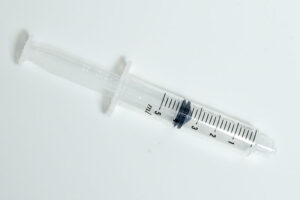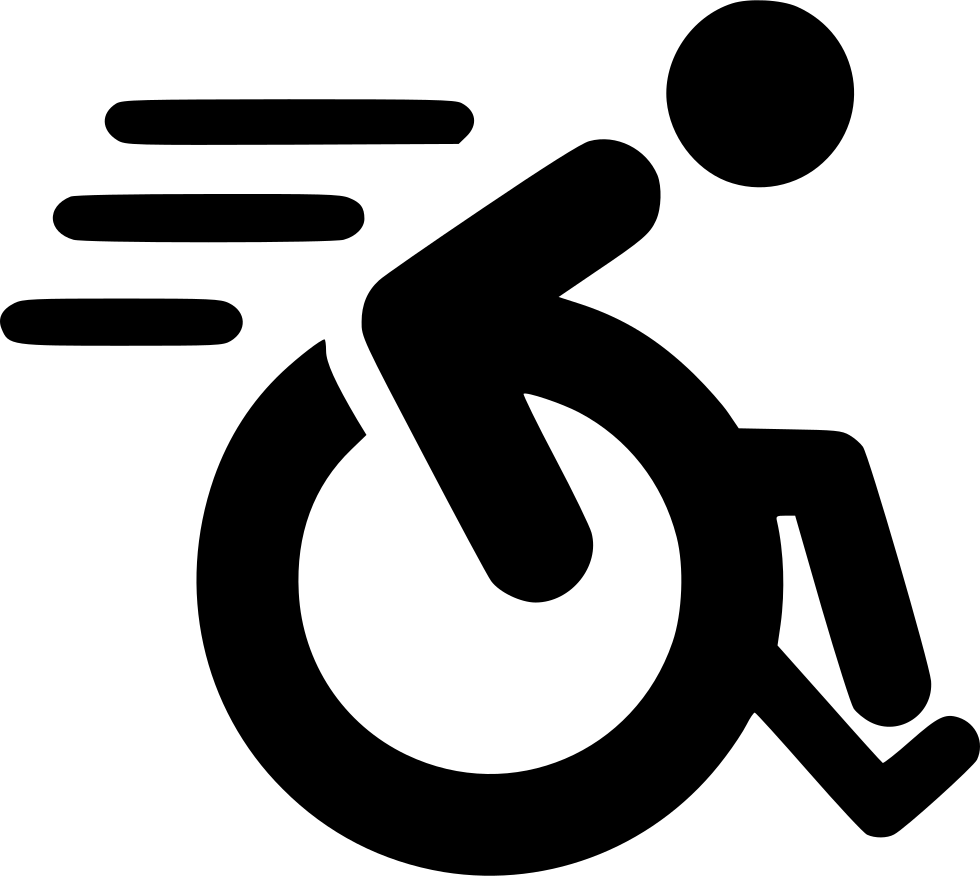Go slow until you know
Caveat: the following does not constitute medical advice, but merely education and illustration of one case. Talk to your doctors and other practitioners before starting or stopping any medical therapies, whether prescribed or over the counter.
While there is no cure for the Ehlers-Danlos syndromes and the newly invented Hypermobility Spectrum Disorders (since 2017) yet, there are some beneficial supplements and medications some have found to lend some strength to their stretchy tissues over the years.

And of course, we end up being prescribed and taking myriad other medications and supplements to help with our myriad co-occurring conditions (aka comorbidities in med-speak) as well. (Mast cell mediators, antihistamines, hormones, fludrocortisone, pain meds, etc.)
I got lucky, and thought to ask my geneticist right at the end of my long diagnostic appointment on Valentine’s Day in 2012:
” I know there’s no cure for hEDS, but what’s my best strategy?”
Mind you, I had gone from walking to wheelchair suddenly in three weeks in January 2012, after a massive sudden onset cascade that left me unable to walk for almost a year. (I’m back up to using just a cane now, yay, but keep my wheelchair close “just in case”. But it was literally as if God had taken out a giant rolling pin and squished me out flat against the floor before it was over. OMG. Yes, as painful as it sounds.)
Anyway, she said, “You’re smart, and you’re right,” and word on the street (as there are no studies to back this yet) is that both high dose vitamin C and magnesium are helping folks the most.
She told me Vitamin C helps you to lay in new collagen, which while still faulty or insufficient, the more you have and work with, the merrier. (EDS does look an awful lot like scurvy when you think about it.)
And magnesium helps build smooth muscles fiber and runs a whole ton of things in the body.
She warned me, that I would not see a difference over night, as it takes time for the body to turn over enough cells to notice a difference. But like watching your hair and nails grow, talk to me in 4-6 weeks and I might notice a difference. (Just like you might need a trim then too.)
And of course, since EDS is genetic, I would still be writing faulty collagen. But for whatever reason, having more of even the faulty stuff seems to help somewhat even so. And that was good enough for me.
(Spoiler alert: it worked, and I continue taking 4000mg/day C and 500mg/day magnesium among other things even now. I’m not cured, but… I can walk again and do a fair amount before collapsing in pain now. I felt like a wilted flower slowly coming back to life in a vase of water. My friends and doctors can all attest to this to.)
So, I started on a low dose of both the very next day with a friend’s help. And along with custom physical therapy, sure enough, right about the five week mark I noticed I was ever so slightly stronger, could get to and from my wheelchair better, and my pain was ever so slightly reducing. (This was truly remarkable as friends could attest at the time – I was shattered.)
Anyway, I started on a relatively low dose, and was lucky to find: I tolerated both just fine. So I slowly built up both to my present maintenance dose (4000/day) over a couple of years. (Please talk to your doctors before starting or stopping any therapies or medications always, thank you.)
But not all can take the cheaper ascorbic acid form of vitamin C – at all. Some are prone to kidney stones (sorry), and others actually react to it (usually those allergic or sensitive to corn from which it is derived).
So again, I got lucky. (Hint: there are a few other forms of C for the rest of you including foods like moringa leaves, rose hips, camu camu and sago palm based.)
Another friend ended up finding that vitamin C shots injected daily did (and still do) her a lot more good than anything by mouth, as she doesn’t digest well. She went from bed bound to walking freely, traveling and working again on them and is still going strong. (This is on my wish list once I’m rich and can get a doctor to prescribe them. I’m stuck in a rigid HMO with no sense of adventure, sigh.)
And others have found some other things to help work, including low-dose doxycycline most recently by another friend. I have those stories listed in a group lower down on my EDS Resources page here.
But in all cases, and with all of our conditions and situations, I want to strongly emphasize to always,
ALWAYS:
Start low and slow, until you know (how you tolerate something).
Truly. This even includes prescription medications from your doctors whenever possible. (At a minimum, warn them you may be sensitive. But also includes any and all over the counter remedies, including “holistic” or “natural” supplements.
We are the people who have the odd reactions and generate black box warnings on things. If anyone can react to something, no matter how allegedly benign, it is us, thanks to our twitchy mast cells, sigh.
And ideally, try to only start one medication or food or drink or solution at a time, if you can. (Yes, I know, I just explained how I started two at once back in 2012, so I did just break my own guidance. I also got really lucky – I tolerated both just fine, and still do. I was desperate, not gonna lie!)
But truly. If you do start two things at once, it can be really hard for you or your doctor (or anyone) to differentiate which one is causing a problem, if you do react somehow. (Ask me how I learned about my sensitivity to coconut water, heh.)
Obviously, there will be some times when you aren’t given a choice and maybe shouldn’t be given one, such as in the ER during an emergency, when they may have to inject you with more than one thing, or administer one or more medications at a time to save your life. That would be a possible life-saving exception to the above guidance.
This advice is intended for non-emergent situations, outside of the ER. And just, to the best of your ability.
Please do not stress over this if you can’t manage the above. I get it. It’s a lot, especially with ADHD and kids in the mix. Just do your best, or maybe start a food and med journal with the shortest of notes, like: “Started vitamin C tonight, lasagna for dinner.” Seriously, that simple. Then if you react, you can start to sort – was it the C, or the tomato paste?
Also know that you may feel fine for up to three or four days before finally suddenly experiencing a reaction (e.g. IBS, diarrhea, rash, more) only after enough has built up in your system. So, I try to wait at least three to five days between starting things whenever possible. (Again, I know that’s not always possible.)
What I’m describing is the scientific method: that is, being methodical, and trying only one change at a time, and observing how that affects things before trying another change, noting all effects in a journal as you go. It makes it a lot easier to know what is causing a problem when it happens.
Or conversely, what’s helping, as happened for me, thankfully.
I started the Cusack Protocol this way back in 2015 – one supplement at a time. I tolerated some, but not others. (I love my PQQ and CoQ10, but never could tolerate D-oxyribose no matter how small an amount I tried. Ditto Gastrocrom – I tried and tried and tried for a year, no dice.)
Every body is literally different. And some will metabolize more quickly than others. Other more slowly. Both sides of that average can experience problems that folks who metabolize an average rate do not. (Either too little benefit from out-processing the medication too quickly – which is what grapefruit lends to – or too big an effect if you out-process more slowly and the ingredient accumulates in your system.)
And sometimes a medication can affect this too.
Pharmacogenetic testing can help to some degree to know in advance what medications will work well for you. (But not all.)
Those of you who have mastered or can access muscle testing are lucky – you can avoid a lot of the pitfalls of trying things and finding out the hard way. Not all of us are so lucky – yet.
So just know, until you know how something will work for you, go low and slow until you know!


